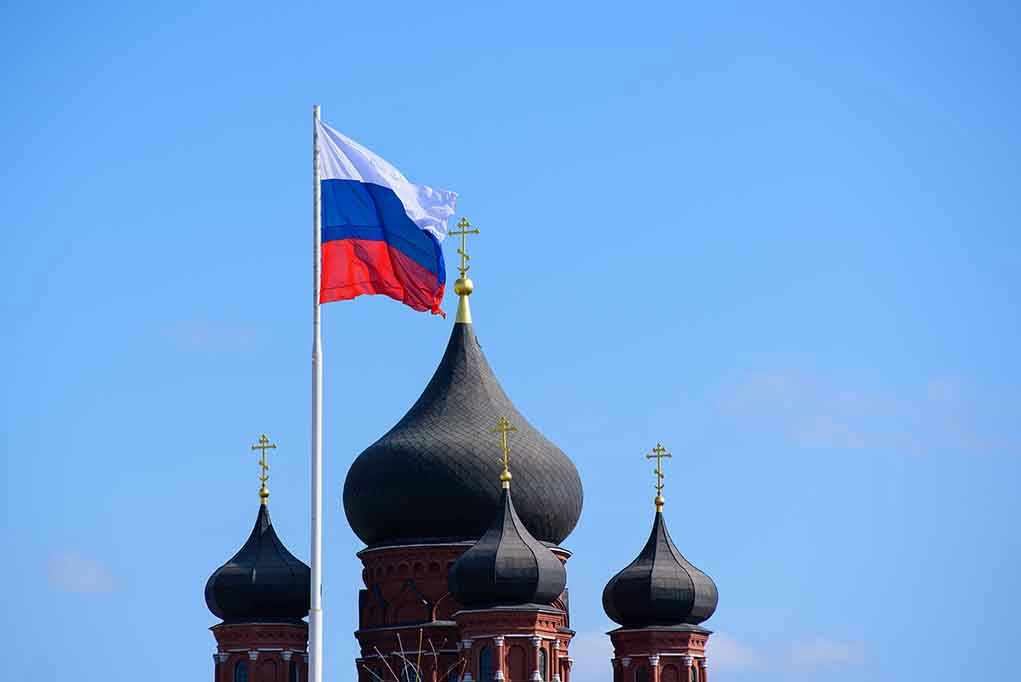
Russia wants to build a Silicon Valley for its BRICS allies on blackout-riddled Cuban soil—right in America’s backyard—and if that doesn’t set off alarm bells for every red-blooded American, I don’t know what will.
At a Glance
- Russia proposes “Cayo Digital,” a tech hub for BRICS and EEU nations on Cuba’s Isla de la Juventud, notorious for its failing infrastructure.
- The project aims to house up to 15,000 people, but Cuba’s chronic blackouts and unreliable utilities cast huge doubts on its feasibility.
- Russian and Cuban officials claim this will challenge U.S. tech dominance in Latin America, raising serious security concerns for the United States.
- Project is still vaporware, with no construction started and independent experts openly skeptical about its real-world prospects.
Russia’s “Silicon Valley” Plot: BRICS Tech in America’s Hemisphere
Russia isn’t content with meddling from afar—they now want a full-blown “Silicon Valley” for BRICS and Eurasian Economic Union (EEU) countries planted on Cuba’s Isla de la Juventud, the very same island where the lights go out more often than they stay on. They’re calling this pipe dream “Cayo Digital,” and the Kremlin, with full-throated Cuban state media backing, is pitching it as a regional tech powerhouse. The project was formally announced by Cuban outlets in July 2025 and trumpeted by Russian ministries as a counterweight to American influence over Latin America’s tech sector.
Officials from both countries have mapped out a 450-hectare tech cluster, supposedly to be completed by 2032. Plans call for housing 12,000 specialists and 3,000 students, research centers, industrial plants, and residential complexes. Never mind that the island has trouble keeping the power on for a high school football game, let alone the servers and labs of a global tech hub. Russia’s Ministry of Industry and Trade, the Ministry of Digital Development, and the Cuban government are all lining up behind the venture, hoping to lure investment from fellow BRICS and EEU nations.
Infrastructure Collapse Meets Geopolitical Posturing
The choice of Isla de la Juventud is as baffling as it is bold. This is Cuba’s second-largest island, but it’s plagued by dilapidated infrastructure—blackouts, unreliable water, and laughable internet connectivity are the norm. The only thing more unstable than the electricity grid is the government’s grip on economic reality. Yet Russian and Cuban officials are making grand promises, with meetings in Moscow rolling out timelines for initial research and industrial facilities to be finished by 2030, and residential buildings supposedly coming online between 2026 and 2028.
Cuban and Russian media, perhaps the only true believers, claim this will bring jobs, investment, and modernization to an island that desperately needs all three. Yet even local experts and many international observers are openly skeptical. The script reads like a geopolitical fantasy: Russia, cut off from Western tech and banking, carves out its own digital playground just 90 miles from U.S. soil, using Cuba as the stage for a global snub. For the United States, this isn’t just a diplomatic poke in the eye—it’s a direct challenge to regional security and economic stability.
Reality Check: Grand Designs, Glaring Doubts
Despite all the propaganda, “Cayo Digital” is little more than a set of blueprints and political speeches. There’s not a single shovel in the ground. Cuban and Russian outlets have admitted the island’s basic utilities are nowhere near ready for such an undertaking. Reliable electricity, clean water, and modern communications are all on the wish list, not the inventory. Even if the Russians can bankroll the project, they can’t snap their fingers and make decades of Cuban neglect disappear overnight.
Analysts familiar with similar Russian and Chinese projects in the developing world are quick to point out a pattern: grand announcements, slow progress, and eventual scaling back or abandonment when reality bites. The “Silicon Valley” label might look good in a press release, but the odds of it becoming more than a boondoggle are slim. The real risk is that, in the name of “technological sovereignty,” Russia gets a foothold to project influence, intelligence operations, and cyber activities in the Western Hemisphere. That should worry every American who still believes in the Monroe Doctrine—and in keeping hostile regimes as far away from our shores as possible.
Experts Warn: “Cayo Digital” Is More Posture Than Progress
Cuban state media and Russian officials are busy spinning the Cayo Digital project as a transformative leap forward, but independent experts are pouring buckets of cold water on the idea. The scale of investment and reform required is staggering, and Cuba’s long history of failed joint ventures with foreign powers doesn’t inspire confidence. Some observers see the initiative less as a practical economic development and more as a geopolitical statement—an attempt by Moscow to thumb its nose at Washington under the cover of innovation.
The trend is clear: authoritarian states are trying to build their own tech ecosystems, untethered from the U.S. and Europe. But the facts on the ground in Cuba—crumbling infrastructure, chronic shortages, and a government more interested in control than competition—suggest this “Silicon Valley” will remain mostly a mirage. Until real progress is made, Americans should watch this space—and pressure our leaders to keep a wary eye on what’s happening just over the horizon.











